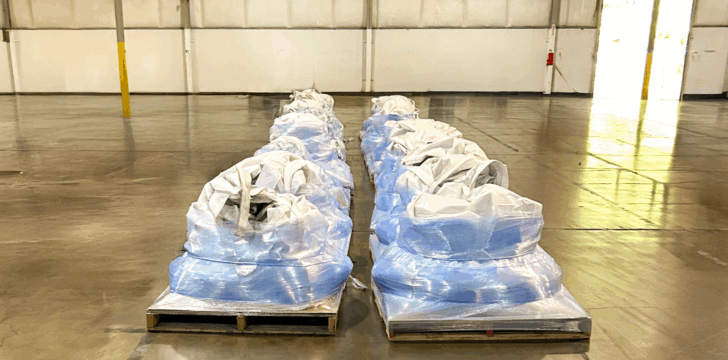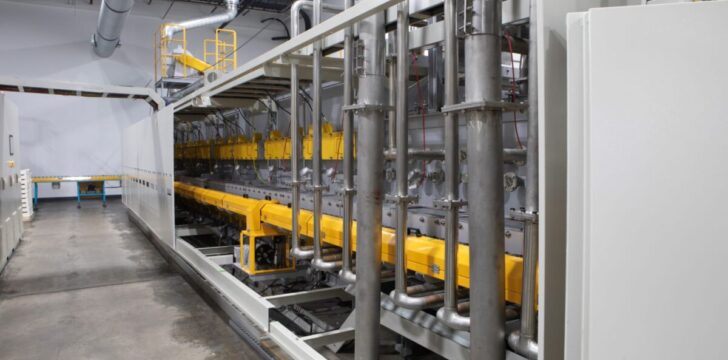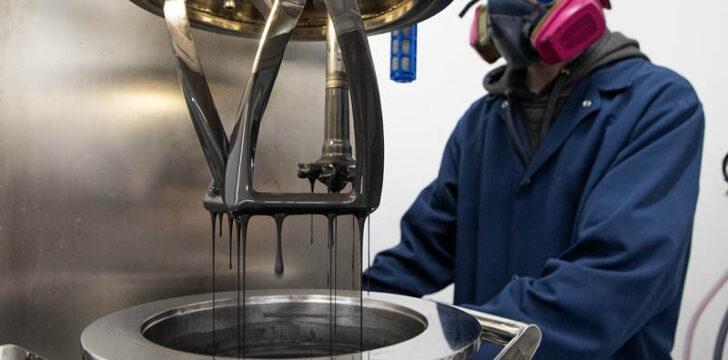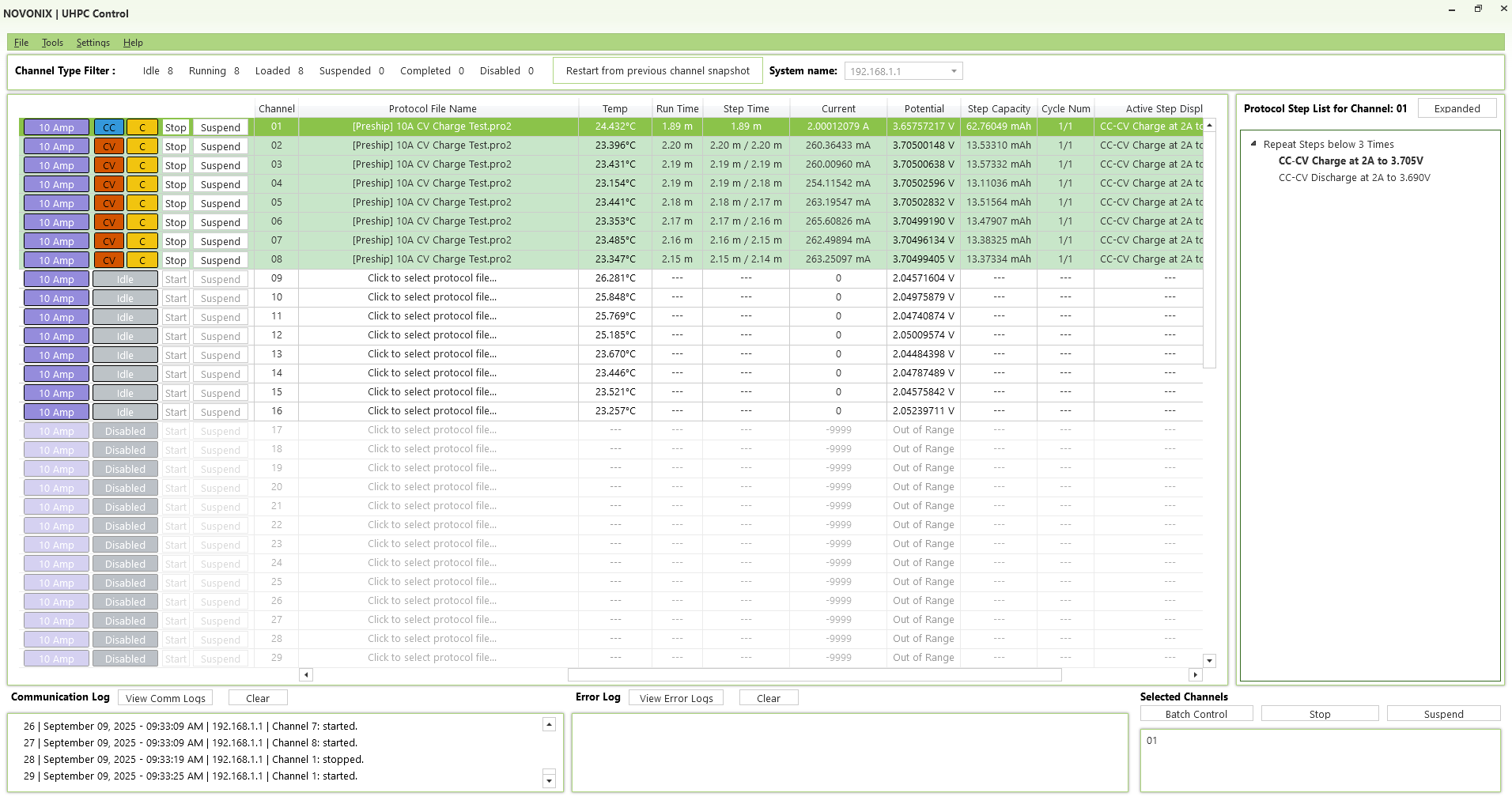A current collector in a battery is the component (usually a metal foil or grid) that connects the electrode material to the battery’s external terminals. In common lithium-ion cells, the anode current collector is a thin copper foil, and the cathode current collector is a thin aluminum foil. These foils are coated with active materials, additives and binders. The current collector provides mechanical support for the active material layer. Good current collectors have high electrical conductivity, are lightweight, and resist corrosion in the battery’s electrochemical environment.
NOVONIX evaluates how current collector choices and surface treatments impact cell performance. For instance, NOVONIX might test an electrode with a standard foil versus one with a primer coating to see differences in adhesion, internal resistance or cycle life. By optimizing current collector properties and their interaction with electrode materials, NOVONIX helps improve overall battery efficiency and durability.




